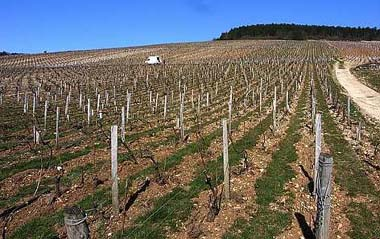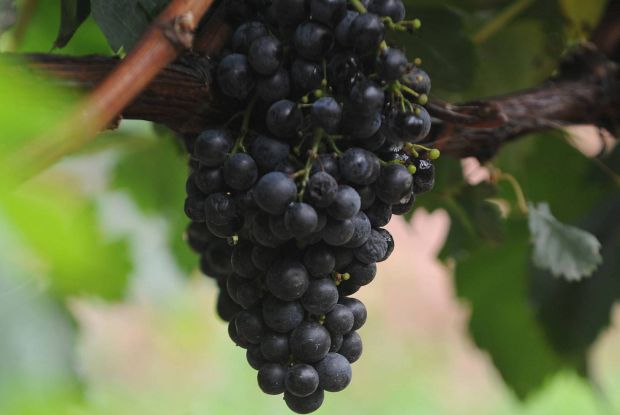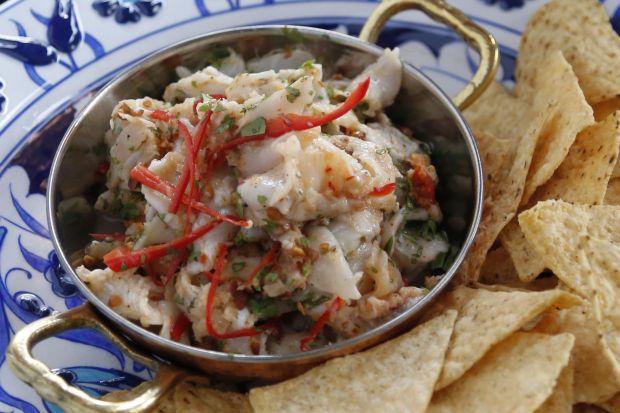The verdict is in: the 2009 vintage is stellar.
THE 2009 vintage may prove to be a truly excellent vintage, according to three major producers in central France.
The growing season was characterised by a cold winter that turned into a fine spring. Summer was warm and rain provided sufficient water, with enough reserves to prevent any serious drought conditions. Above average temperatures and sunlight allowed the grapes to mature in ideal conditions. There were some pockets of rain in some places, but the sun soon returned and dried everything up.
In the Burgundy region, healthy and unblemished Chardonnay and Pinot Noir grapes were picked. In nearby Beaujolais, the Gamay grapes were no less perfect.
Already, producers and cognoscenti are proclaiming that the 2009 vintage is reminiscent of the stellar 1959 vintage that still crops up in conversation among wine experts today. White wines were pronounced to be exuberant, forward, and with rich fruit flavours – yet coming across fresh and crisp. Red wines were deemed complex, with velvety textures and a good balance of alcohol.
However, wines in the barrel only provide a glimpse of what the wine could be, as they are still at the production stage – they are still being “made”. So it is best to taste wine in the bottle.
In Asia, the first to present the 2009 vintage in the bottle was the highly respected house of Louis Latour, a Burgundy négociant-éléveur (see explanation of this term in the box on the right). The domaine’s commercial director, Bruno Pepin, described the 2009 vintage as “a year marked by high levels of ripeness, good health of grapes and abundance of sunlight and heat throughout August and September. Fine wines were easily produced and consumers will be charmed by them.”
A month later, Nicolas Potel came to town. Potel began as a producer with his father at the estate of Domaine Pousse d’Or. However, when his father passed away in 1996, the estate was sold and Nicolas decided to become a négociant, sourcing wines from all over the region. Potel lined up wines from 2001 right up to 2009, and demonstrated how different each vintage is.
Last week, I met Franck Duboeuf, owner of Georges Duboeuf. The company is one of the largest and best-known wine merchants/négociants in France for wines from Beaujolais.
Duboeuf told me, “The 2009 is the best vintage of my life. We experienced the sunniest August in the last 60 years; perfect grapes were the result and this has not been seen by winegrowers in living memory!”
The Beaujolais Villages and Cru wines (not the simple Nouveau for immediate drinking) Duboeuf poured for tasting, certainly attest to a great vintage, well worth cellaring.
Here are my tasting notes on some of the wines I tried. They all live up to the producers’ claims, being quite approachable when young yet with the potential to be aged. You can buy them with confidence!
Burgundy White Louis Latour, Meursault 1er Cru “Perrières” – White fruits, vanilla and hint of toasty oak. Good backbone of acidity, hint of chalk and lingering finish.
Louis Latour, Corton-Charlemagne, Grand Cru – Floral basket, ripe summer fruits, apricots and vanilla. Smooth, silky, creamy and rich.
Nicolas Potel, Maison Roche de Bellene, Puligny-Montrachet, 1erCru “Les Chalumaux” – Pear, tropical fruit, citrus, lime and minerals. Rich yet elegant.
Nicolas Potel, Maison Roche de Bellene, Chassagne-Montrachet 1er Cru “Chenevottes” – Pear, peach, flowers, coconut, jasmine magnolia. Beautiful balance.
Burgundy Red Louis Latour, Volnay, 1er Cru “En Chevret” – Red fruits, stewed fruit, spices, star anise, smoke and Chinese herbs. Savoury finish.
Louis Latour, Nuits-Saint-Georges, 1er Cru “Les Damodes” – Complex layered wine with minerals, flower petals, orange peel , sour plums, caramelised fruit and biscuits. Lively, medium dry tannins and long.
Nicolas Potel, Gevrey-Chambertin, 1er Cru “Combes aux Moines” – Cherries, stewed plums, vanilla, crème caramel and herbs. Soft, sweet, velvety warm and mature but firm tannins.
 You can’t tell from this stark looking photo of a northern Burgundy vineyard, but it produced some of the world’s best wines in 2009.– EDWIN SOON
You can’t tell from this stark looking photo of a northern Burgundy vineyard, but it produced some of the world’s best wines in 2009.– EDWIN SOONNicolas Potel, Vosne-Romanee, 1er Cru “Aux Malconsorts” – Red and black fruits, crushed flower petals, minerals, subtle and elegant, with fine tannins.
Georges Duboeuf Beaujolais-Villages “Selection” – Deep, dark colour with cassis, ripe blackberries and lemon peel. Balanced, rich and medium long.
Georges Duboeuf Brouilly, Chateau de La Perriere – Green plums, red apples, strawberries and kumquat. Soft lively light, balanced, sweet yet dry with a fresh saline character.
Georges Duboeuf Brouilly, Prestige – Perfume of papaya, ciku, papaya and cinnamon. Complex and tasty with vanilla, camphor and light chewy tannins.
Morgon, Domaine Mont Chavy – Black fruit, tea, cherry, mandarin peel and spice. Serious, structured and impressive.
Fleurie, Prestige – Light delicate wine with Christmas spice, ginger, cherries, currants, plum, Ribena and vanilla. Silky and sticky tannins. Long and refined.
Julienas, Château des Capitans – Strawberry preserve, spice, bright red fruit with broad sweet flavours.
Moulin-à-Vent, Chateau La Tour du Bief – Toffee, coffee grinds, plums musk and vanilla. Rich, suave with good structure, medium tannins and minerals.
St Amour, Du Paradis – Ripe, small red fruits. Rich soft, sweet and lingering.
Négociant/éléveur
IN Burgundy, many small landowners do not have the scale and facilities to make their own wine. As such, a person or company steps in to buy and make the wine.This is the négociant. Négociants are able to deliver good Burgundy wine from all over the region to consumers at attractive prices.
An éléveur’s role is to look after recently fermented wine and “raise” it, as one would raise a family. In essence, an éléveur might blend wine, age it, filter it, and bottle it. An éléveur may be a grower-producer with the means and facilities to make wine. However, it could also be a négociant, who then labels the wines with the phrase “négociant-éleveur”.
Ed Soon is a qualified oenologist and has run wine shops and worked as a winemaker in various countries. He now writes and teaches about wine around Asia.





